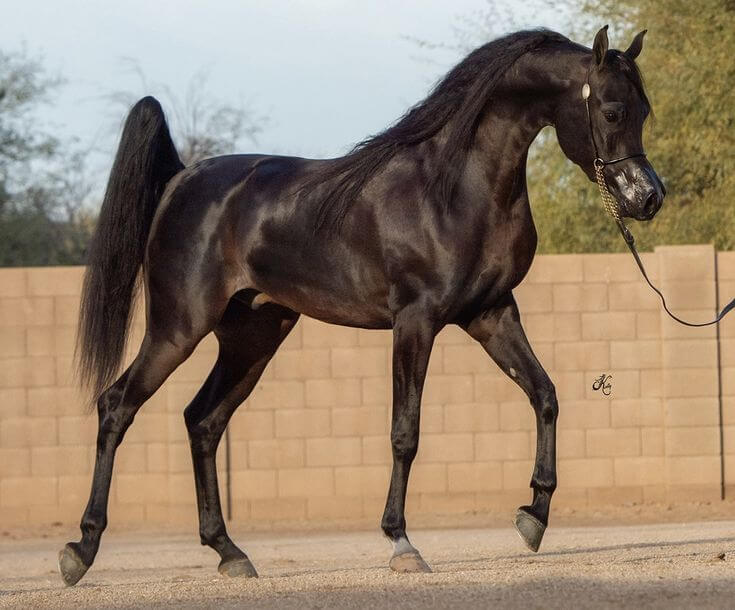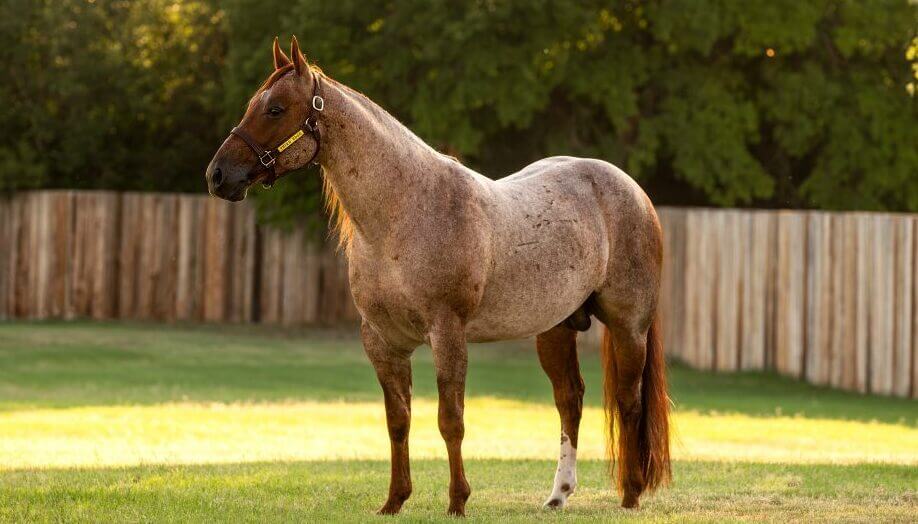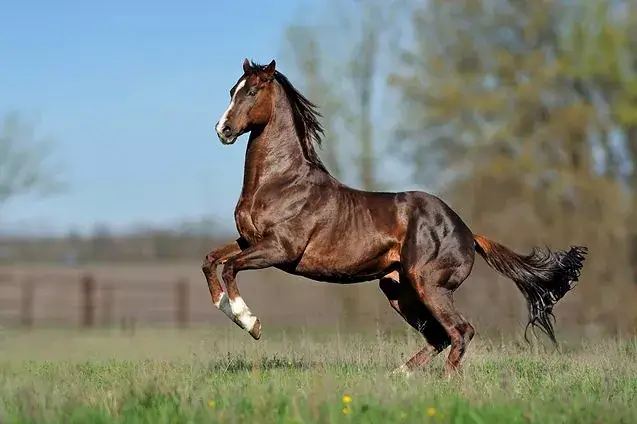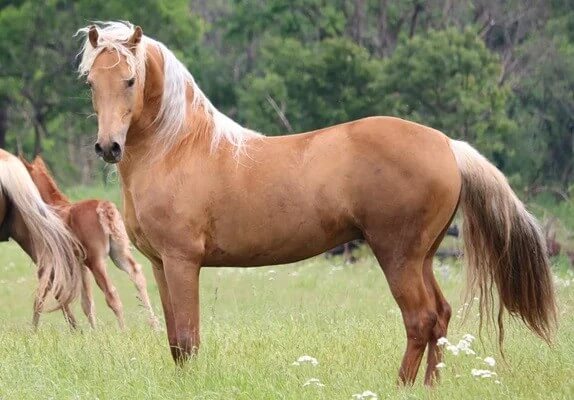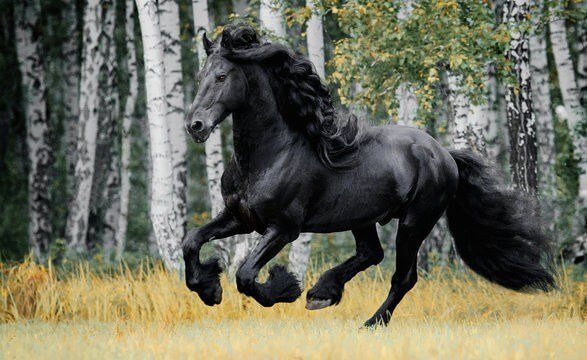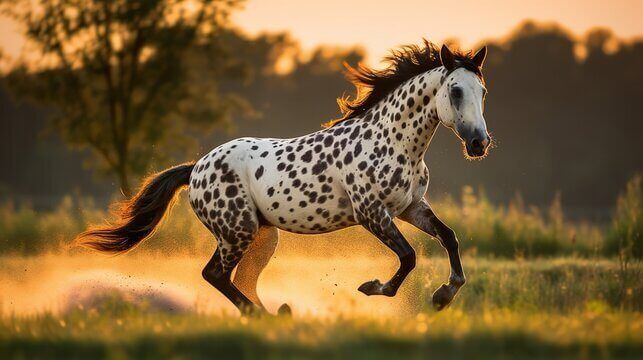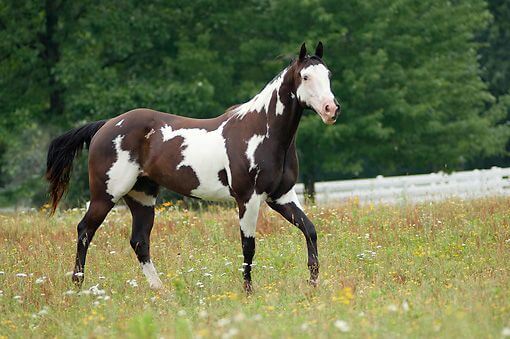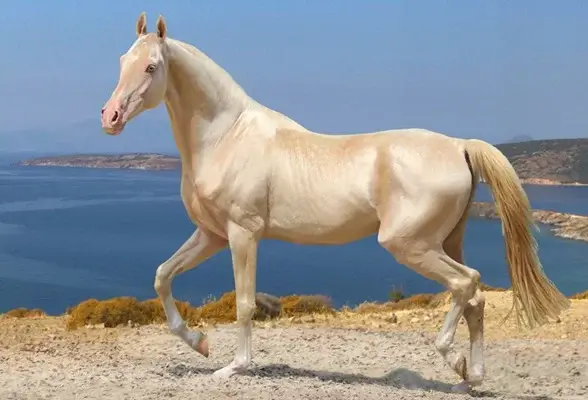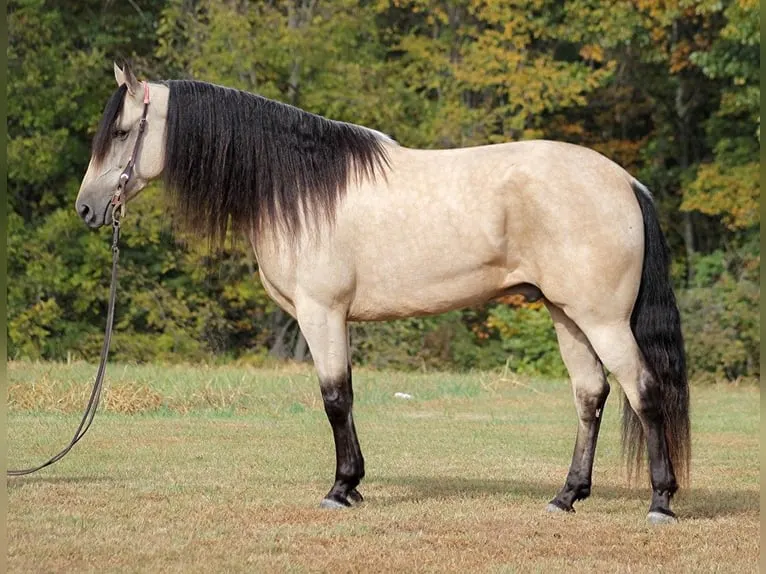🐎 Arabian Horse – The Legendary Beauty with a Fiery Heart
🌍 Introduction
The Arabian Horse is one of the most iconic and oldest horse breeds in the world, admired for its beauty, intelligence, and spirited nature. With a history that spans thousands of years, this majestic breed has left an indelible mark on nearly every modern horse breed. Known for its endurance and loyalty, the Arabian is a true symbol of elegance and strength.
📜 History and Origin
The Arabian Horse originates from the Arabian Peninsula and is believed to be over 4,500 years old. Bred by the nomadic Bedouins, Arabians were treasured companions and often lived inside family tents, which fostered their close bond with humans.
Arabians were used in war, trade, and exploration, making them one of the most influential breeds in history. Their bloodlines have been used to refine and improve many other breeds, including Thoroughbreds, Quarter Horses, and Warmbloods.
🧬 Breed Characteristics
The Arab’s appearance is instantly recognizable and deeply admired:
- Height: 14.1 to 15.1 hands
- Weight: 800 to 1,000 pounds
- Colors: Most commonly bay, gray, chestnut, black, and roan
- Features: Dished face, arched neck, high tail carriage, short back
Their balanced, compact bodies and expressive eyes give them a unique charm that’s both powerful and graceful.
🏇 Temperament and Personality
Arabian horses are known for their intelligence, spirit, and sensitivity. They are quick learners with a strong sense of loyalty and a deep connection to their handlers. While spirited, they are also gentle and affectionate when treated with kindness and respect.
Because of their sensitivity, they respond best to calm and consistent training.
🌄 Ideal Environment
Arabians adapt well to a variety of climates but thrive in dry, arid regions—true to their desert heritage. They appreciate open space and freedom to move, along with mental stimulation through training and companionship.
They’re happiest in environments with gentle routines and caring human interaction.
🥕 Diet and Nutrition
Arabians have efficient metabolisms, meaning they require less food than larger breeds. A balanced diet should include:
- 🌾 High-quality forage (hay or pasture)
- 🥣 Grain or pelleted feed if needed for extra energy
- 💧 Fresh water and mineral blocks
Because they are prone to ulcers, it’s best to offer frequent small meals and maintain a stress-free feeding routine.
🩺 Health and Lifespan
The Arabian is a hardy and long-lived breed, often remaining active well into its late twenties or even thirties. Common health considerations include:
- 🦴 Occasional genetic conditions like SCID (Severe Combined Immunodeficiency)
- 🐴 Sensitivity to certain drugs or sedatives
With good care, Arabians can live 25–35 years or more. Regular dental checks, hoof trimming, and vaccinations are essential.
🎠 Common Uses
Arabians are incredibly versatile. They excel in:
- 🏇 Endurance riding
- 💃 Dressage and showing
- 🌄 Trail and pleasure riding
- 🎠 Breeding programs
Their stamina and grace also make them popular in parades and cultural festivals around the world.
🧽 Grooming and Maintenance
Arabians have fine, silky coats that are easy to maintain with regular grooming. Their grooming routine includes:
- 🪮 Brushing to remove dust and improve circulation
- 🦶 Daily hoof cleaning to prevent thrush
- 🧴 Occasional bathing, especially before shows
They may need sun protection (fly sheets or shade) due to their sensitive skin, especially lighter-colored horses.
👨👩👧👦 Compatibility with People
Arabian horses form deep emotional bonds with their humans. They are gentle with children and thrive on affection and attention. While their spirit can challenge beginners, many Arabians make wonderful partners with patient, kind riders.
Their sociable nature means they do not like being left alone for long periods.
🌍 Conservation Status
The Arabian horse is not at risk of extinction. It enjoys global popularity and is actively bred in many countries. Organizations like the **World Arabian Horse Organization (WAHO)** work to preserve purebred Arabian lines and promote ethical breeding practices.
🎉 Fun Facts About Arabian Horses
- 📜 The Arabian is one of the oldest horse breeds in existence!
- 🐴 Their skeletal structure has one fewer vertebra than most other horses.
- 🏜️ Bred by Bedouins, Arabians were often treated as part of the family.
- 🎬 They’ve starred in films like *The Black Stallion* and *Hidalgo*.
❓ Frequently Asked Questions
Q1: Are Arabian horses good for beginners?
A: They can be, especially if the horse is well-trained and the beginner has guidance. However, their sensitivity and energy may be better suited to riders with some experience.
Q2: How fast can an Arabian horse run?
A: Arabians can reach speeds of 40–45 mph, but they are best known for their exceptional endurance rather than sprinting.
Q3: Are Arabians easy to train?
A: Yes, their intelligence makes them quick learners, but they respond best to gentle, consistent training methods.
Q4: Do Arabian horses get along with other animals?
A: Generally, yes. They are social animals and usually get along with other horses and animals if introduced properly.
Q5: What disciplines are Arabians best known for?
A: They shine in endurance riding, dressage, showing, and pleasure riding, but they are versatile enough to try almost anything!
✅ Conclusion
The Arabian Horse is a living legend—beautiful, intelligent, and endlessly devoted. With their rich history, striking appearance, and heartwarming personalities, Arabians continue to captivate horse lovers worldwide. Whether you’re seeking a partner for endurance riding or a lifelong companion with noble roots, the Arabian is a breed that promises loyalty, grace, and spirit.
